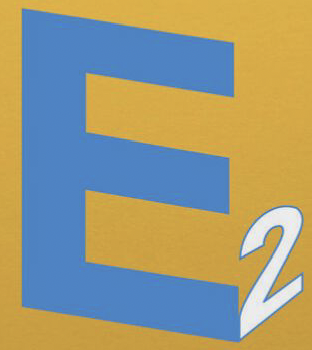POP-U-LAR
If you’ve seen “Wicked” then you know about pop-u-lar…but is doing the popular thing all it’s cracked up to be when it comes to post-secondary education? Recent media reports indicate that college applications and admissions are on the rise, and if you’re a high school senior, the college application process has likely been a significant focus for the past several months. But what happens when the popular thing isn’t really the right thing for you?
Are you college ready?
The hard truth is that getting accepted into college isn’t necessarily an indication that you are ready for college. For students with good grades but executive function challenges, invisible safety nets throughout high school (and even at home) may contribute to an illusion of competence. What are some of the indicators of true college readiness?
Can you manage assignments and meet deadlines independently?
College students are given a syllabus at the beginning of the semester and must independently and successfully track and turn in assignments based on the syllabus due dates. There may not be a chance to work on these assignments in class, and there may not be any reminders from the professor that they are due. Nevertheless, there are severe penalties (including failing the course) for not turning in work in a timely or accurate fashion. Ask yourself honestly whether you can break down and track assignments without adult support.
Do you have the confidence to advocate for yourself?
A big part of finding success in college is the ability to recognize when you need help and to independently seek out sources of support, whether that means talking to your professor during office hours to clarify an assignment or a concept, or scheduling time in a writing center or math center to receive peer support. Do you have the self-confidence to admit that you need help and the drive to figure out what to do about it?
How might a Gap Year help?
While there are many other indicators of college readiness, if you’re uncertain whether you can tackle these two important areas on your own, that’s already a good reason to consider other post-secondary options that can offer personal growth and skill-building before entering college. One of the most important and easily accessible of these is to take a gap year. A gap year doesn’t necessarily mean going overseas. There are many types of gap year programs, both structured and self- directed, and many here in the U.S. A gap program is simply an opportunity for experiential learning in an area of passion or an area where you would like to build skills prior to entering college. According to the Gap Year Association, ninety percent of students who took a gap year returned to college within a year. And according to the same source, “students who took a gap year almost always overperformed academically in college, usually to a statistically significant degree […] which endured over all four years.”
Is taking a gap year a popular path? Not as much in the U.S. as it is overseas, especially in Europe and Australia, but it is definitely a clear alternative path to success. To find out more, visit www.gapyearassociation.org, or inquire about our Gap Year Consulting at EEG.
